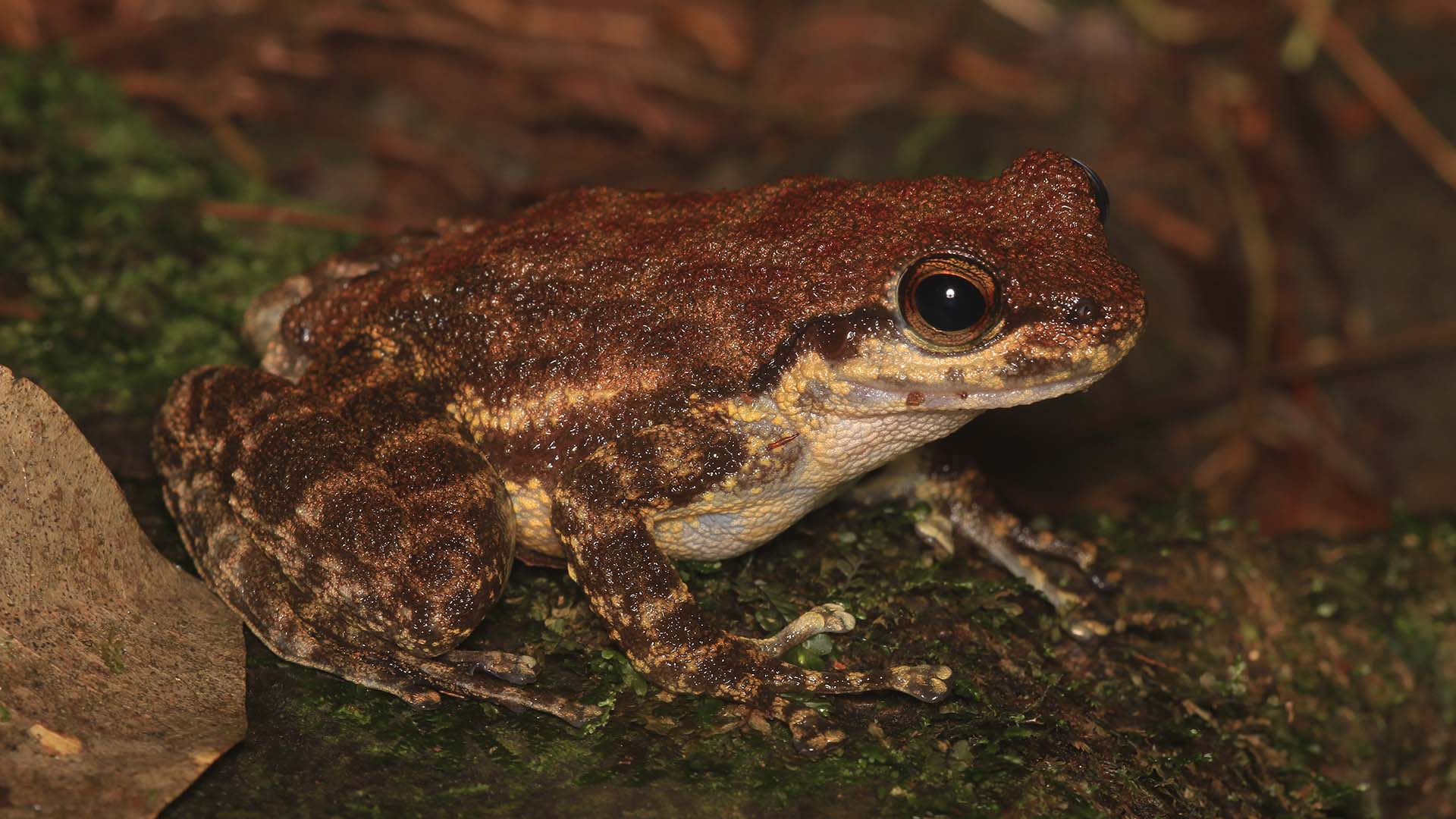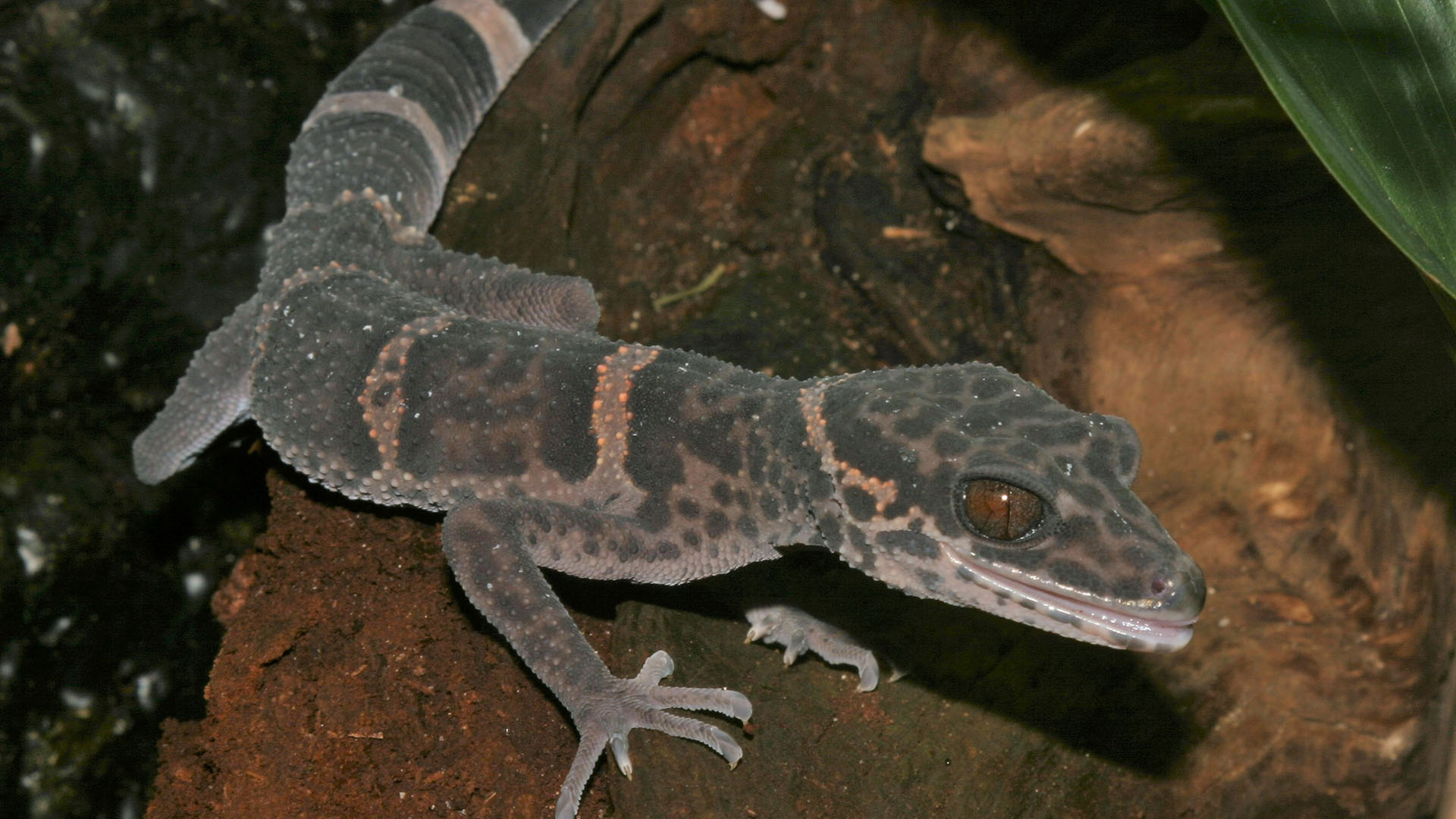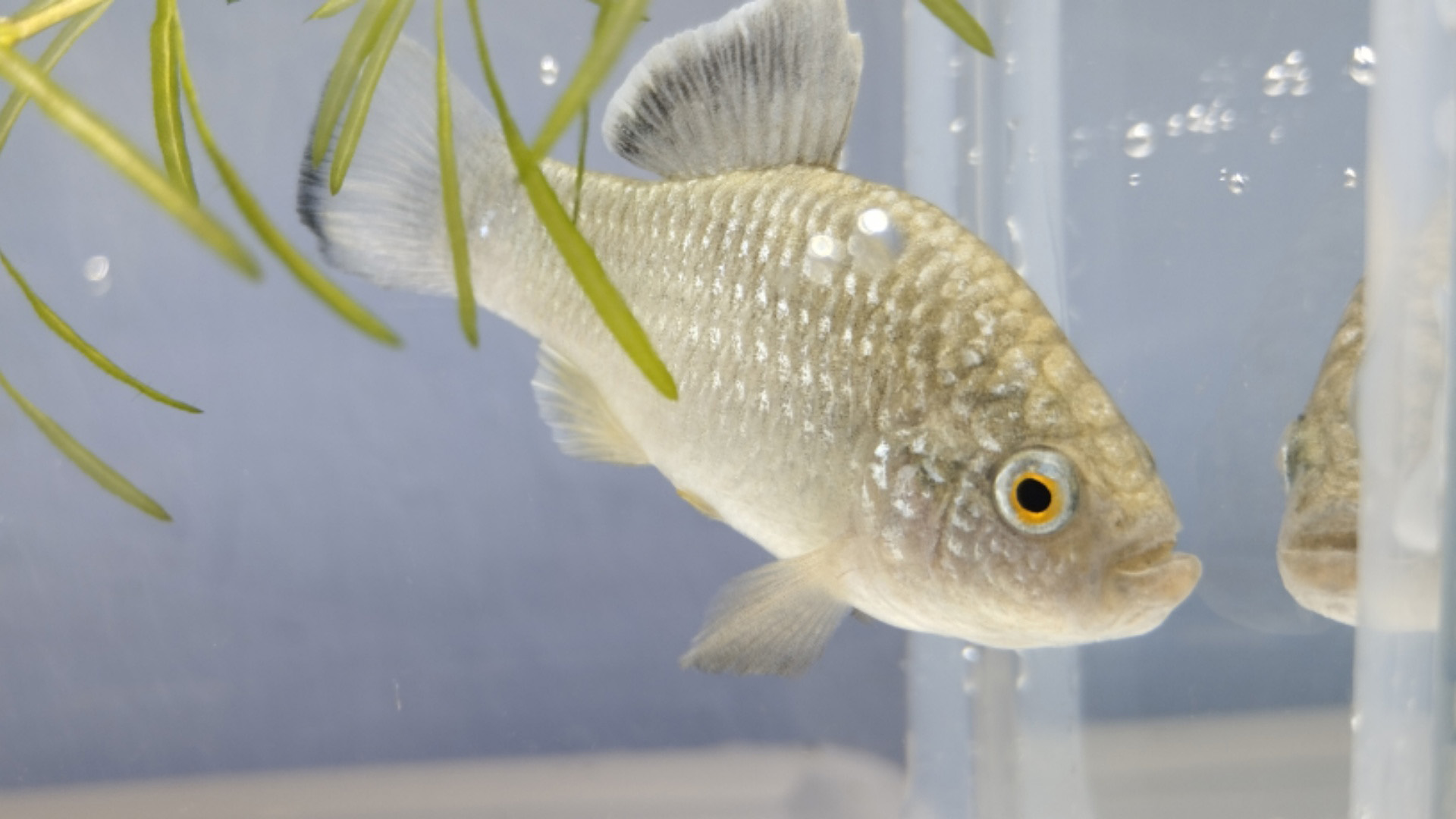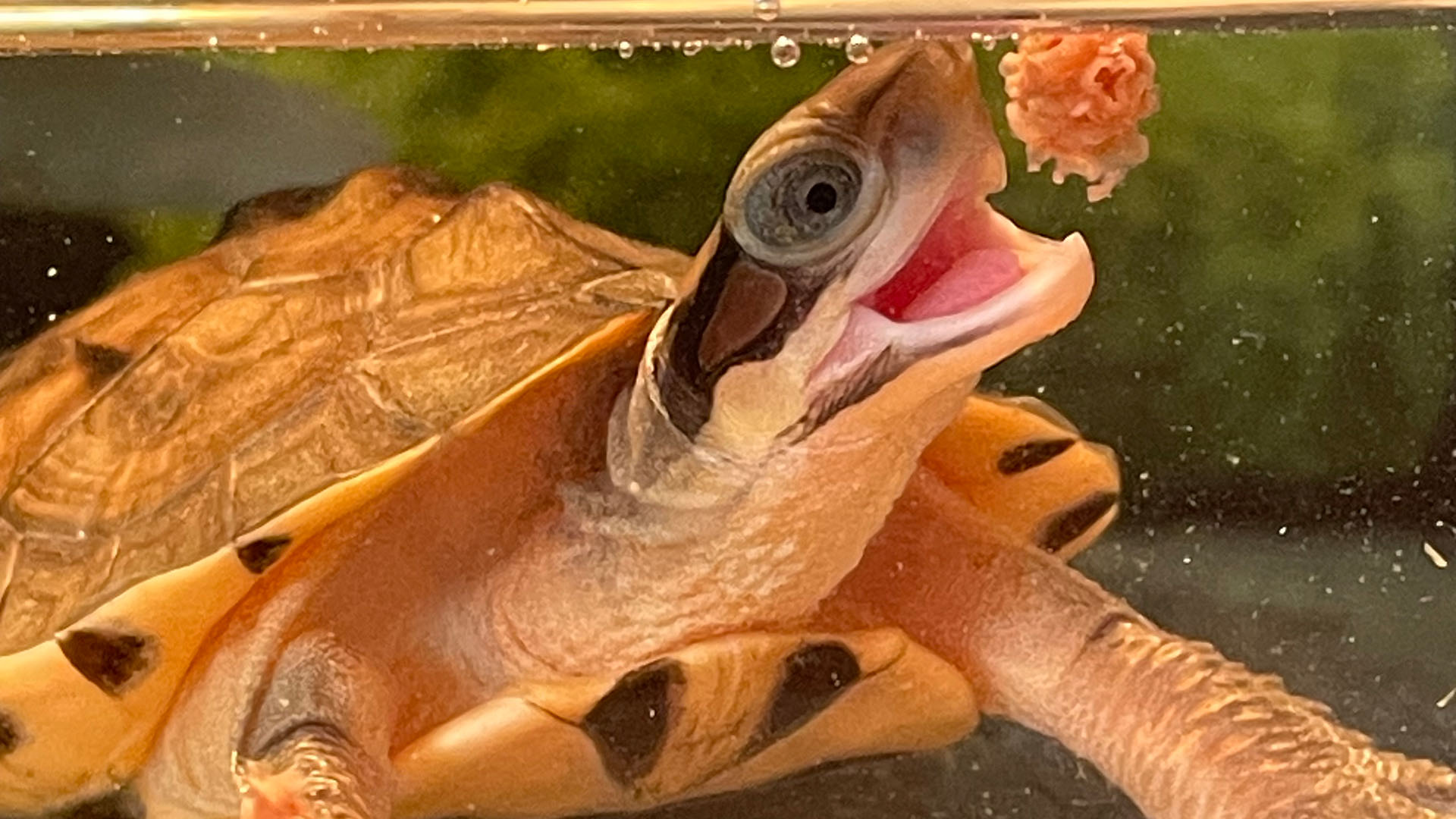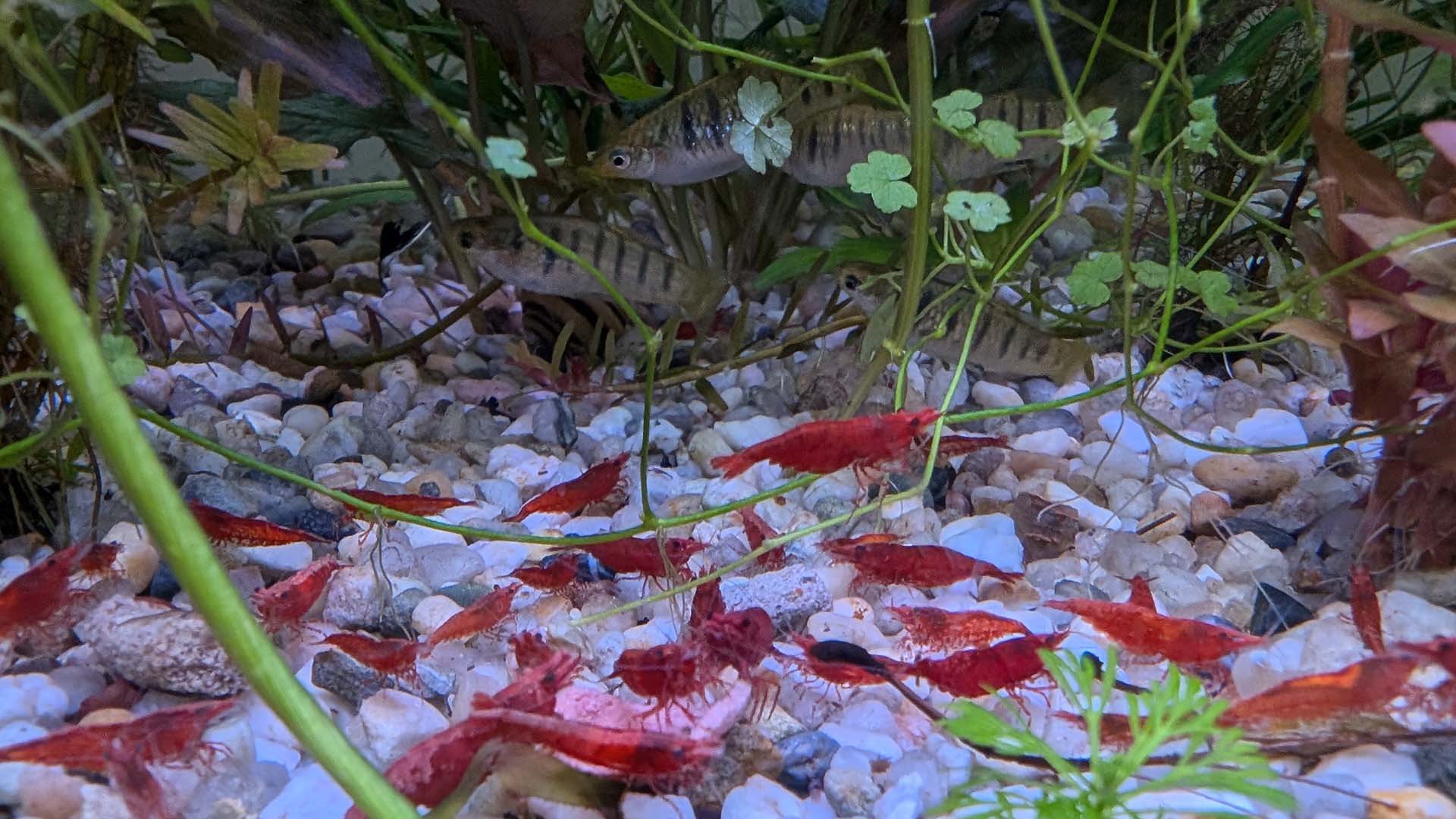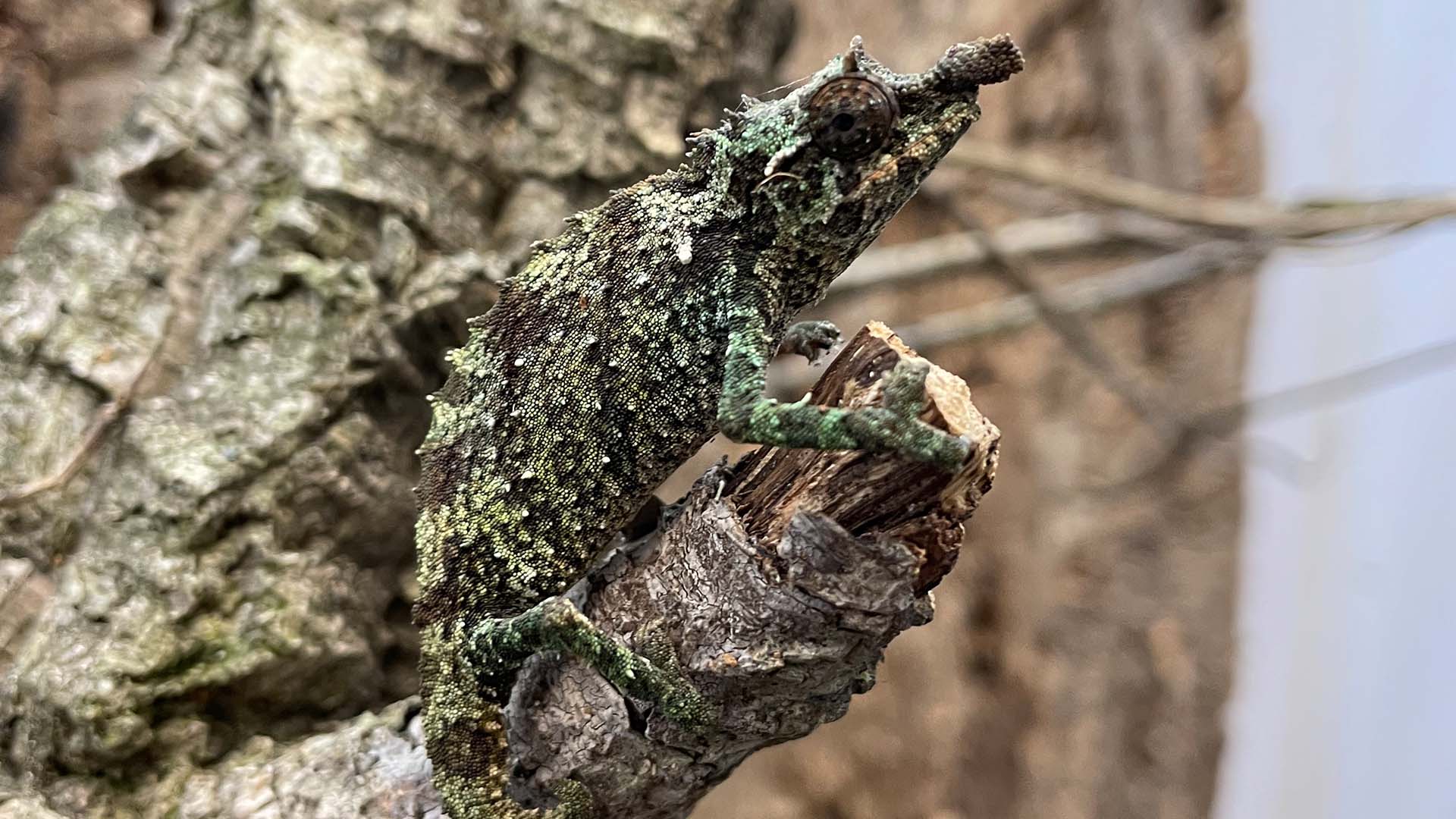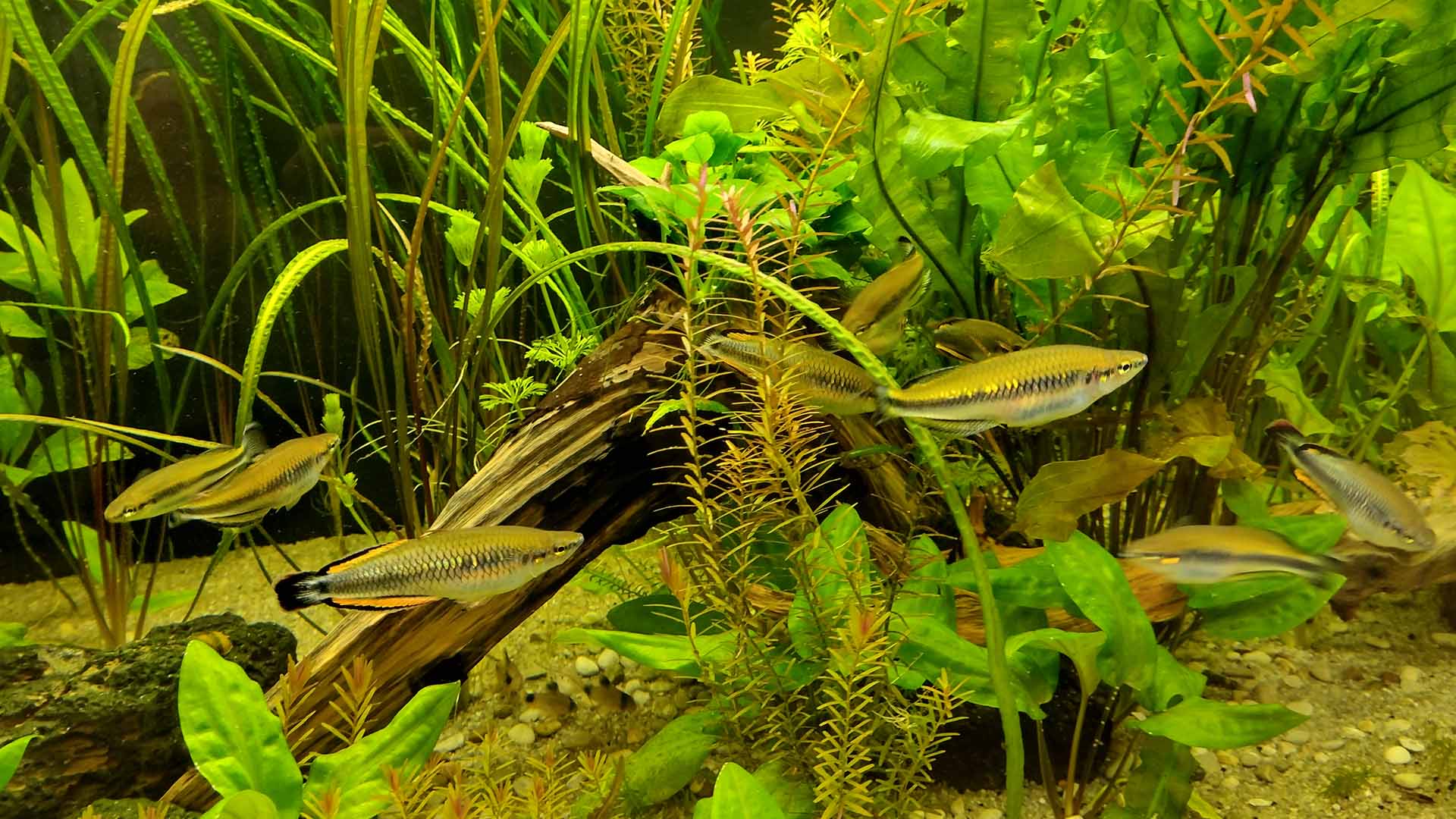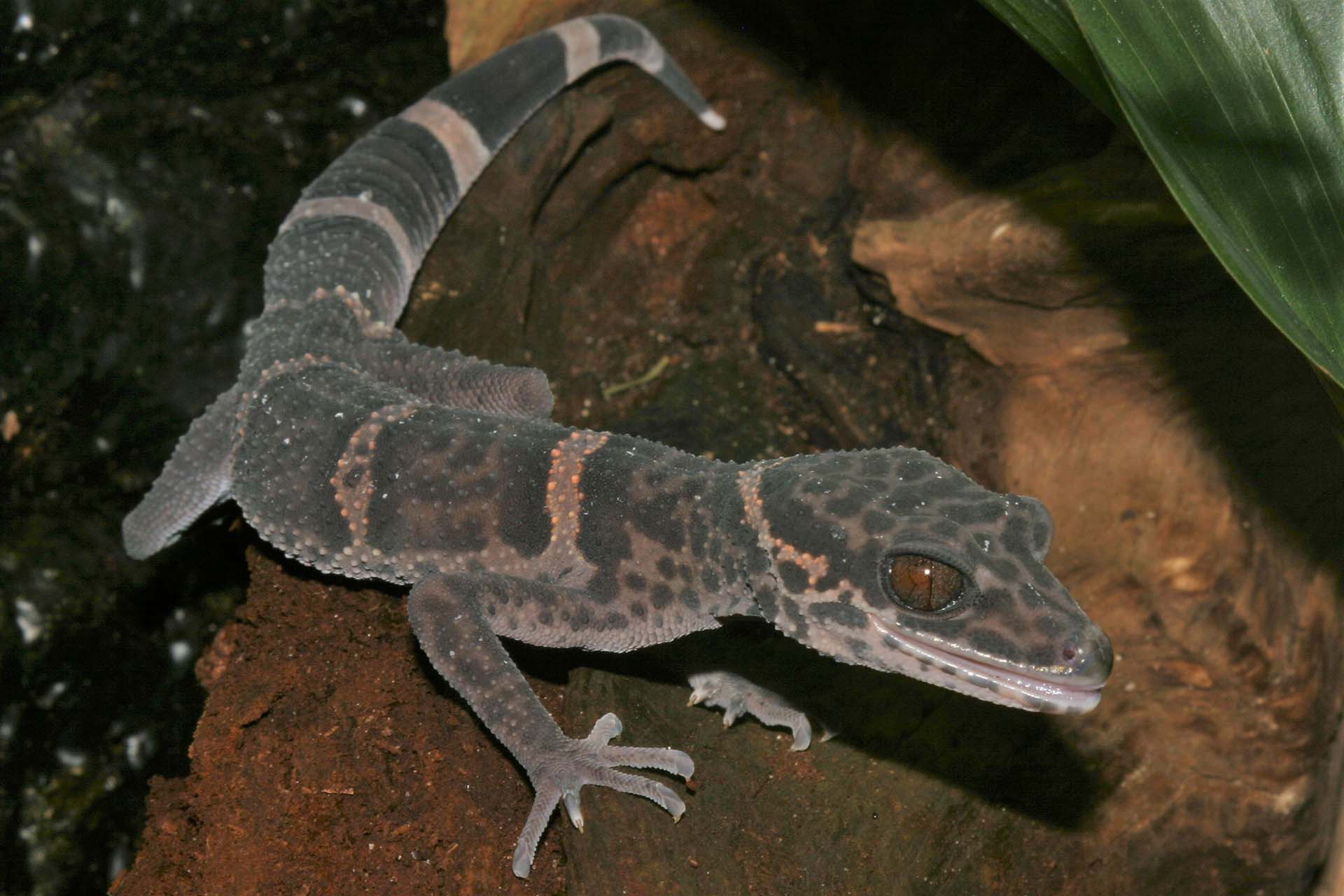
That’s quite a lot! 5,483 animals from 31 taxa, i.e. species or subspecies, now live in Citizen Conservation’s population – as of our six-monthly count on 1 November 2024. They are cared for in 350 keeping facilities. Sometimes, whole series of keepers look after several CC species at the same time. These 350 facilities are spread across 135 private individuals, 39 zoos, 21 schools and 21 others. Behind the latter is a diverse bunch of institutional keepers, specivically seven show aquariums and terrariums, two natural history museums, two universities, two environmental education centres, two nature and species conservation organisations, two companies, two rescue centres and an aquarium/terrarium association as well as a social institution. Citizen Conservation – a cross-section of civil society.
Two new species
Managing all these animals and participants requires a lot of time and therefore money, which is why CC with our current staffing table has gradually reached its limits in managing 31 programmes. We therefore declared 2024 to be the ‘year of consolidation’ in order to focus on the existing programmes first. As a result, only two new species were added in the past six months, which had already been decided upon some time ago. We are all the more delighted that we have now succeeded in including the first specimens of Smith’s sabre-toothed frog (Odontobatrachus smithi) and the Huu Lien tiger gecko (Goniurosaurus huuliensis) in CC – two endangered species for which conservation breeding programmes are urgently needed.
Target achievement: advanced
In order to establish a conservation breeding programme that is as stable as possible over 40 years, a certain number of animals and facilities is required, which can be calculated on a scientific basis using population management programmes. These target numbers and the degree of target achievement are shown on each species page of our website and in the table presented here. We have achieved 85-100 % for the Majorca midwife toad (Alytes muletensis), Pátzcuaro transverse toothed newt (Ambystoma dumerilii), Rio Pescado harlequin toad (Atelopus balios), Vietnamese crocodile newt (Tylototriton vietnamensis) and Mangarahara cichlid (Ptychchromis insolitus). With other species, however, we are still at the very beginning, especially as it is not always easy to obtain founder animals for an ex situ population. Little by little, not only the bird builds its nest, but also the gecko or the marsupial frog have a hard time building …
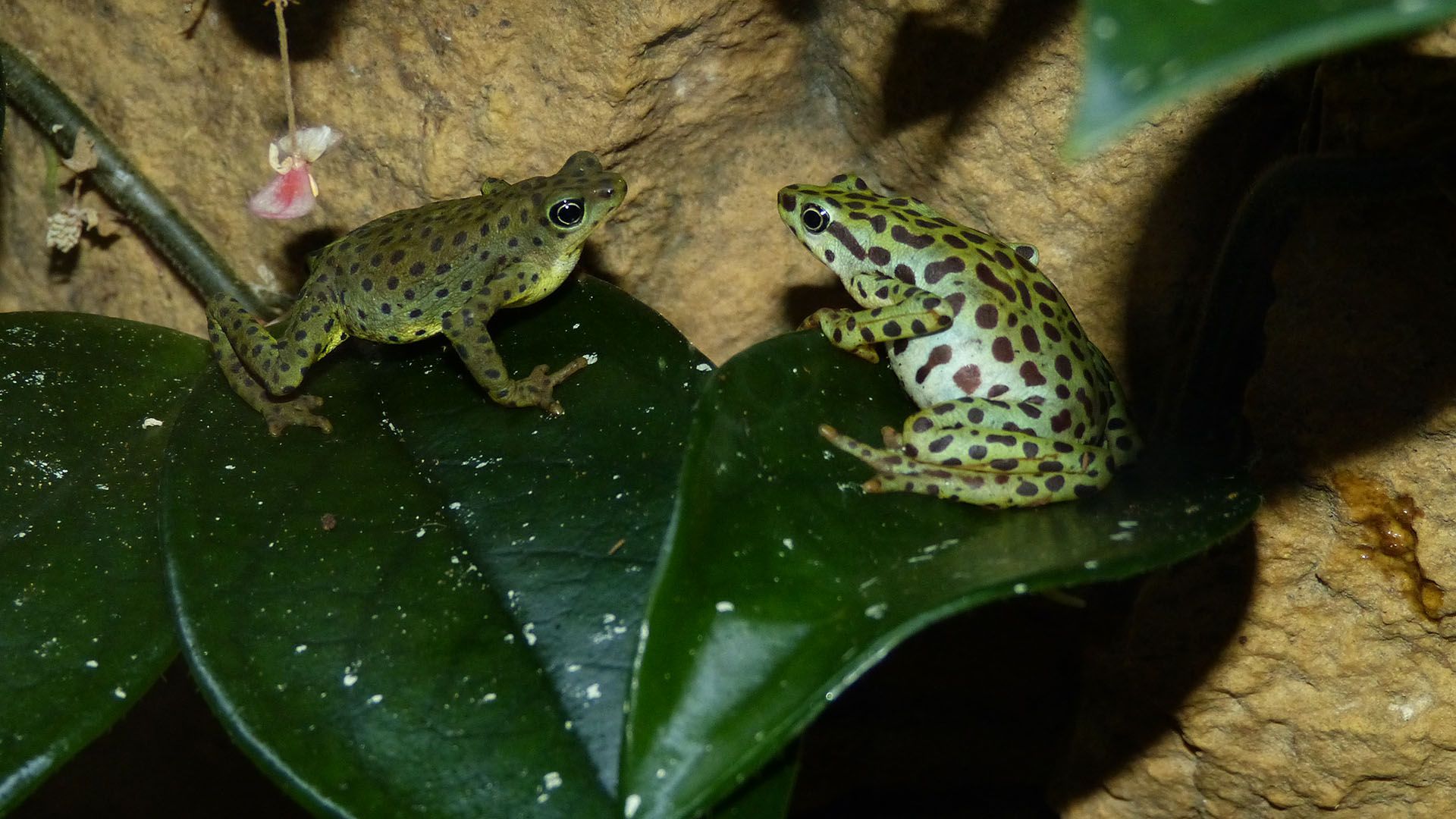
They seem to love doing this in the care of CC participants: Rio Pescado harlequin toads mating. © Thomas Ackermann
Once lost, now a shooting star
The most spectacular success to date has been achieved with a species that was thought to be extinct just a few years ago. The very pretty Rio Pescado harlequin toad (Atelopus balios), like many other Atelopus species, had disappeared from all known habitats until Ecuadorian researchers rediscovered two populations and took some of the animals into ‘protective custody’. CC imported their offspring to Germany last year and distributed them to three zoos and two private owners. Although the small toads are not exactly easy to breed, CC has already succeeded in breeding them four times – and we have been able to distribute the young animals so well to other interested parties that we have already reached our target numbers after just one year. This is a perfect foundation to ensure the species survives the next 40 years. Provided, of course, that breeding continues to be successful. But in view of our dedicated specialists, we are extremely optimistic!
Stock overview November 2024
(You can scroll horizontally in the table.)
| Scientific name | Engl. name | Animals total (m/f/u) | Keepers total | Deaths 05/24 – 10/24 (m/f/u) | External delivery 05/24 – 10/24 | New offspring 05/24 – 10/24 | External arrivals 05/24 – 10/24 | Aim (animals, keepers) | status* |
|---|---|---|---|---|---|---|---|---|---|
| Amphibians | |||||||||
| Agalychnis lemur | Lemur Leaf Frog | 39 (6/7/25) | 8 | 12 (1/1/10) | 0 | 0 | 0 | 225, 40 | 19 % |
| Alytes muletensis | Mallorcan Midwife Toad | 1209 (77/85/1049) | 53 | 96 (2/1/93) | 0 | 409 | 0 | 425, 53 | 100 % |
| Ambystoma andersoni | Anderson’s Salamander | 109 (13/19/77) | 14 | 7 (3/4/0) | 0 | 55 | 0 | 225, 40 | 42 % |
| Ambystoma dumerilii | Lake Patzcuaro Salamander | 224 (59/48/117) | 30 | 44 (8/8/28) | 0 | 20 | 0 | 225, 40 | 87 % |
| Atelopus balios | Rio Pescado Stubfoot Toad | 314 (13/13/288) | 21 | 115 (2/0/113) | 149 | 200 | 0 | 225, 32 | 96 % |
| Bombina orientalis | Oriental fire-bellied Toad | 336 (52/36/248) | 23 | 53 (5/4/44) | 10 | 121 | 0 | 225, 60 | 69 % |
| Ecnomiohyla valancifer | San Martín Fringe-limbed Treefrog | 32 (0/0/32) | 2 | 1 (0/0/1) | 0 | 0 | 0 | 225, 56 | 9 % |
| Epipedobates tricolor | Phantasmal Poison Frog | 33 (4/2/27) | 5 | 19 (0/0/19) | 0 | 1 | 7 | 320, 45 | 11 % |
| Gastrotheca lojana | Loja Marsupial Frog | 12 (5/7/0) | 3 | 0 | 0 | 0 | 0 | 225, 38 | 7 % |
| Ingerophrynus galeatus | Bony-headed Toad | 142 (21/9/112) | 8 | 8 (5/1/2) | 0 | 110 | 0 | 225, 40 | 42 % |
| Minyobates steyermarki | Demonic Poison Frog | 38 (10/12/16) | 7 | 0 | 0 | 4 | 0 | 110, 20 | 35 % |
| Odontobatrachus smithi | Smith's toothed frog | 19 /0/0/19) | 1 | 0 | 0 | 0 | 19 | 225, 38 | 6 % |
| Phyllobates terribilis | Golden Poison Frog | 100 (7/4/89) | 12 | 11 (2/1/8) | 0 | 0 | 57 | 225, 70 | 31 % |
| Salamandra sal. almanzoris | Almanzor Fire Salamander | 35 (17/7/11) | 8 | 1 (0/0/1) | 0 | 12 | 0 | 185, 30 | 23 % |
| Salamandra salamandra (D) | Fire Salamander | 218 (31/20/167) | 25 | 18 (0/2/16) | 0 | 30 | 40 | 330, 90 | 47 % |
| Staurois parvus | Lesser Rock Skipper | 187 (35/33/119) | 3 | 3 (0/2/1) | 0 | 0 | 145 | 500, 10 | 34 % |
| Telmatobius culeus | Titicaca Water Frog | 72 (15/19/38) | 9 | 34 (4/3/27) | 0 | 38 | 0 | 225, 45 | 26 % |
| Tylototriton vietnamensis | Vietnamese Crocodile Newt | 169 (27/37/105) | 30 | 49 (7/1/41) | 30 | 2 | 12 | 185, 30 | 96 % |
| Tylototriton ziegleri | Ziegler’s Crocodile Newt | 51 (11/8/32) | 11 | 0 | 0 | 0 | 29 | 185, 30 | 32 % |
| Fish | |||||||||
| Bedotia madagascariensis | Madagascar Rainbowfish | 130 (45/40/45) | 14 | 63 (4/4/55) | 0 | 17 | 0 | 192, 16 | 78 % |
| Cyprinodon veronicae | Charco Palma Pupfish | 172 (8/17/147) | 3 | 2 (1/1/0) | 0 | 148 | 0 | 225, 15 | 48 % |
| Limia islai | Tiger Limia | 314 (73/62/179) | 8 | 56 (0/2/54) | 0 | 46 | 80 | 2000, 20 | 28 % |
| Parosphromenus bintan | Bintan Gourami | 29 (15/10/4) | 2 | 1 (0/1/0) | 0 | 9 | 5 | 100, 15 | 21 % |
| Ptychochromis insolitus | Mangarahara Cichlid | 328 (38/57/233) | 16 | 56 (5/3/48) | 0 | 0 | 16 | 192, 16 | 100 % |
| Ptychochromis loisellei | Loiselle’s Ptycho | 368 (10/9/349) | 7 | 27 (5/5/17) | 0 | 0 | 10 | 192, 16 | 72 % |
| Ptychochromis oligacanthus | Nosy Be Cichlid | 735 (9/9/717) | 6 | 448 (0/0/448) | 0 | 0 | 16 | 192, 16 | 69 % |
| Reptiles | |||||||||
| Cuora cyclornata | Vietnamese Three-striped Box Turtle | 8 (0/1/7) | 4 | 0 | 0 | 0 | 7 | 100, 50 | 8 % |
| Goniurosaurus huuliensis | Huu Lien Tiger Gecko | 6 (4/2/0) | 3 | 0 | 0 | 0 | 6 | 110, 55 | 5 % |
| Phelsuma guimbeaui | Mauritius Lowland Foerst Day Gecko | 14 (2/5/7) | 3 | 2 (1/1/0) | 0 | 7 | 6 | 110, 55 | 9 % |
| Rhampholeon acuminatus | Nguru Spiny Pygmy Chameleon | 21 (13/8/0) | 4 | 6 (2/4/0) | 0 | 0 | 7 | 215, 36 | 10 % |
| Thamnophis sirtalis tetrataenia | San Francisco Garter Snake | 19 (12/7/0) | 7 | 0 | 0 | 0 | 8 | 110, 28 | 21 % |
m: male, w: female, u: undetermined sex * Status = mean value of the percentage of the target number of keepers already achieved and the target number of animals
